
Filter News
Area of Research
- Advanced Manufacturing (7)
- Biological Systems (5)
- Biology and Environment (7)
- Biology and Soft Matter (1)
- Building Technologies (2)
- Chemical and Engineering Materials (2)
- Chemistry and Physics at Interfaces (6)
- Clean Energy (82)
- Climate and Environmental Systems (1)
- Computational Chemistry (1)
- Data (1)
- Energy Frontier Research Centers (7)
- Fossil Energy (1)
- Functional Materials for Energy (6)
- Fusion Energy (1)
- Geographic Information Science and Technology (2)
- Isotope Development and Production (2)
- Materials (60)
- Materials Synthesis from Atoms to Systems (5)
- Materials Under Extremes (6)
- Neutron Data Analysis and Visualization (2)
- Neutron Science (27)
- Nuclear Science and Technology (12)
- Quantum Condensed Matter (2)
- Reactor Technology (1)
- Sensors and Controls (1)
- Supercomputing (37)
- Transportation Systems (3)
News Type
Date
News Topics
- 3-D Printing/Advanced Manufacturing (2)
- Artificial Intelligence (1)
- Big Data (2)
- Bioenergy (2)
- Biology (1)
- Composites (1)
- Computer Science (6)
- Critical Materials (1)
- Cybersecurity (2)
- Energy Storage (1)
- Environment (4)
- Exascale Computing (1)
- Fusion (2)
- Materials Science (4)
- Mercury (1)
- Microscopy (1)
- Neutron Science (2)
- Nuclear Energy (3)
- Physics (2)
- Space Exploration (2)
- Transportation (2)
Media Contacts

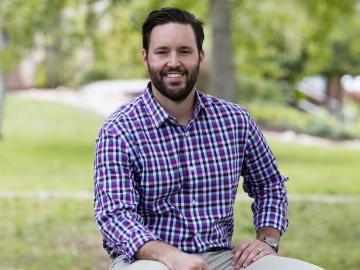
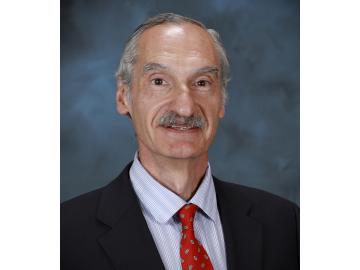
Two researchers from the Department of Energy’s Oak Ridge National Laboratory have been elected fellows of the American Nuclear Society (ANS), a professional society that promotes the advancement and awareness of nuclear science and technology. Guillermo Daniel (...
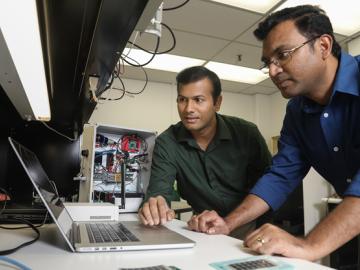
Researchers at the Department of Energy’s Oak Ridge National Laboratory are partnering with the city of Oak Ridge to develop UrbanSense, a comprehensive sensor network and real-time visualization platform that helps cities evaluate trends in urban

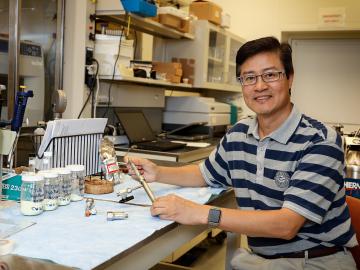
Chemical and biomolecular engineer Michael Hu has spent his career devising novel means to filter, separate, and select desirable materials from liquids and gases with an eye toward better biofuels, biochemicals, pharmaceuticals, and other products—and is setting his sights on app...
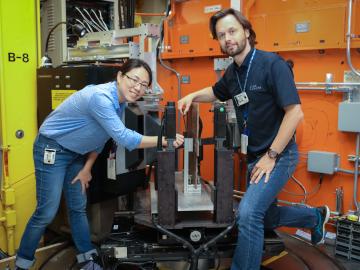
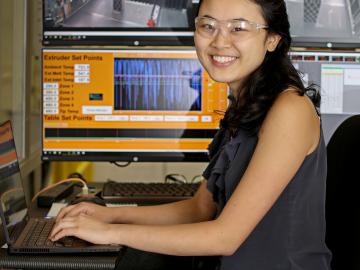
Inspired by her computer science studies and the possibilities of 3D-printing, intern Elizabeth Yeoh-Wang found a way to combine those pursuits as she worked on a software project at the Manufacturing Demonstration Facility (MDF) at Oak Ridge National Laboratory (ORNL) last summer. Elizabeth, a r...
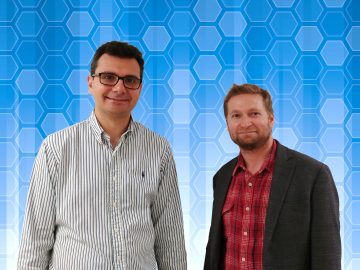
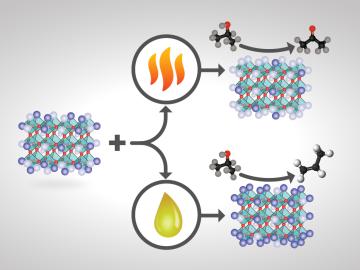
For some crystalline catalysts, what you see on the surface is not always what you get in the bulk, according to two studies led by the Department of Energy’s Oak Ridge National Laboratory. The investigators discovered that treating a complex


